Virtual Irrigation Academy
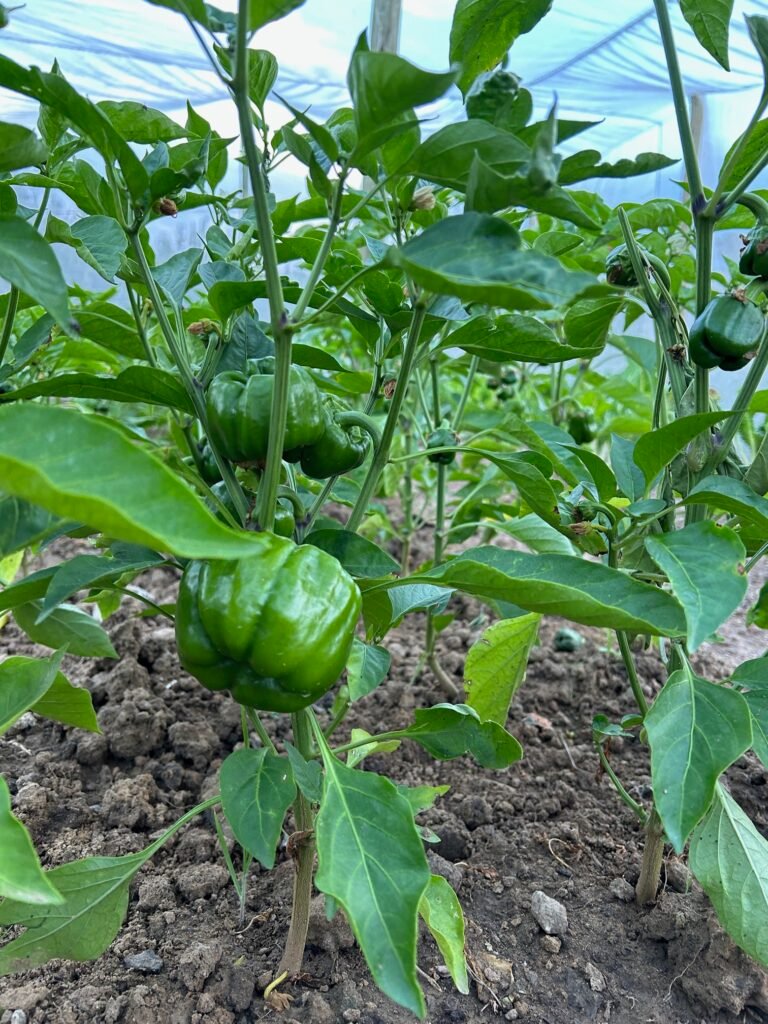
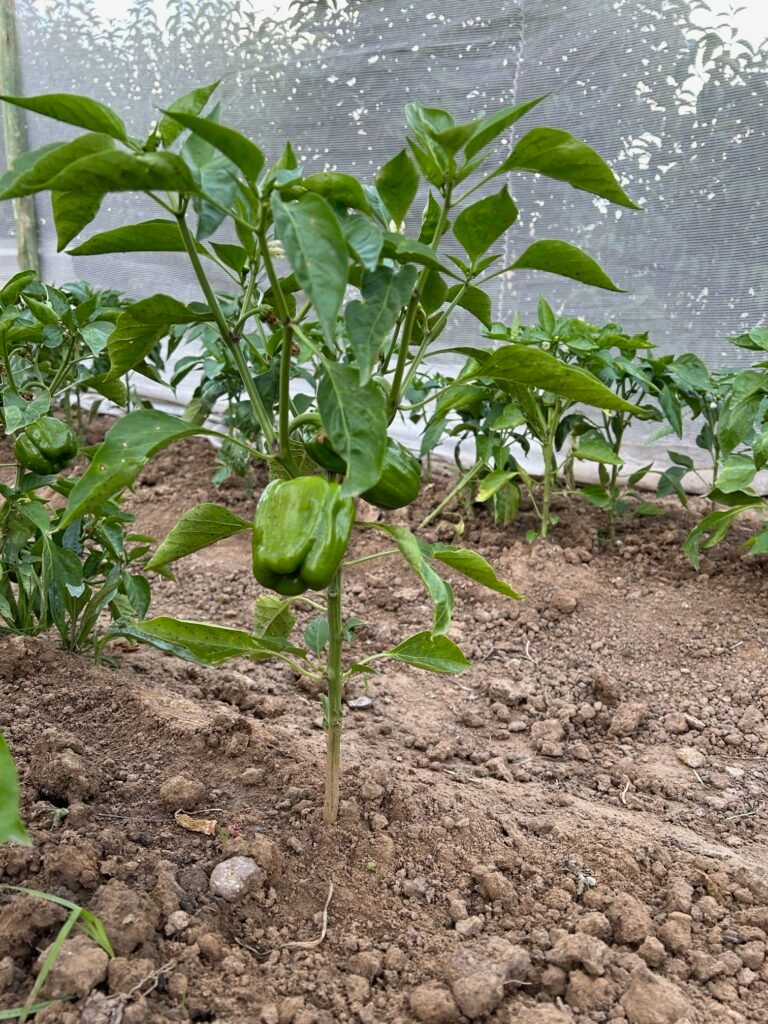
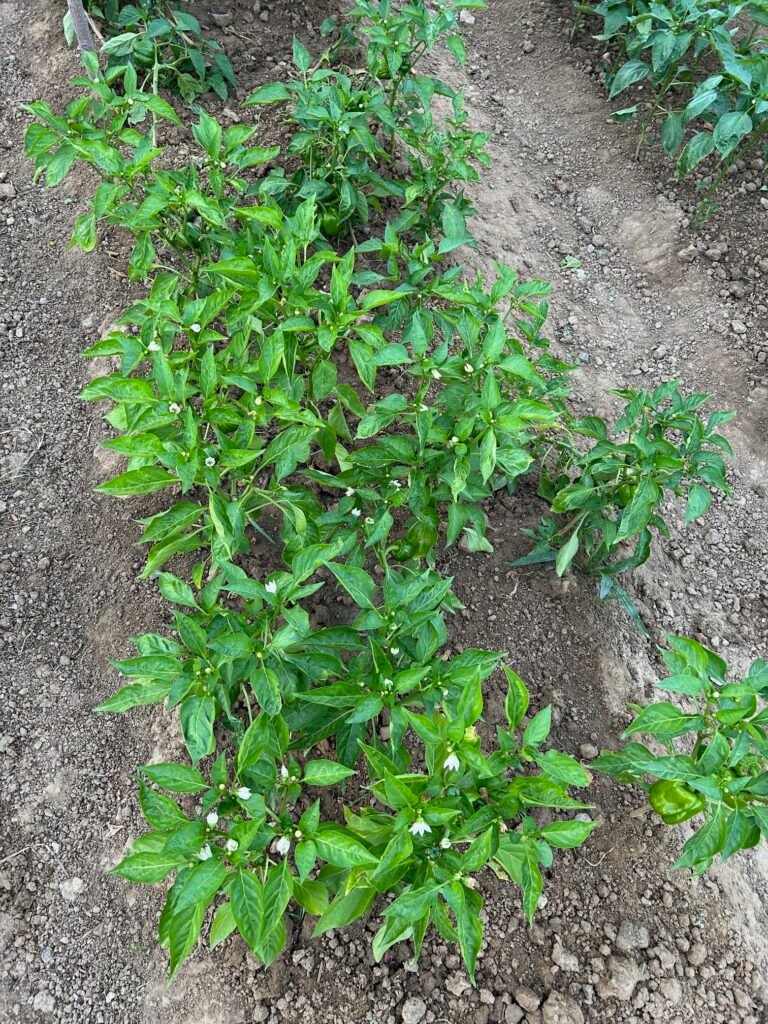
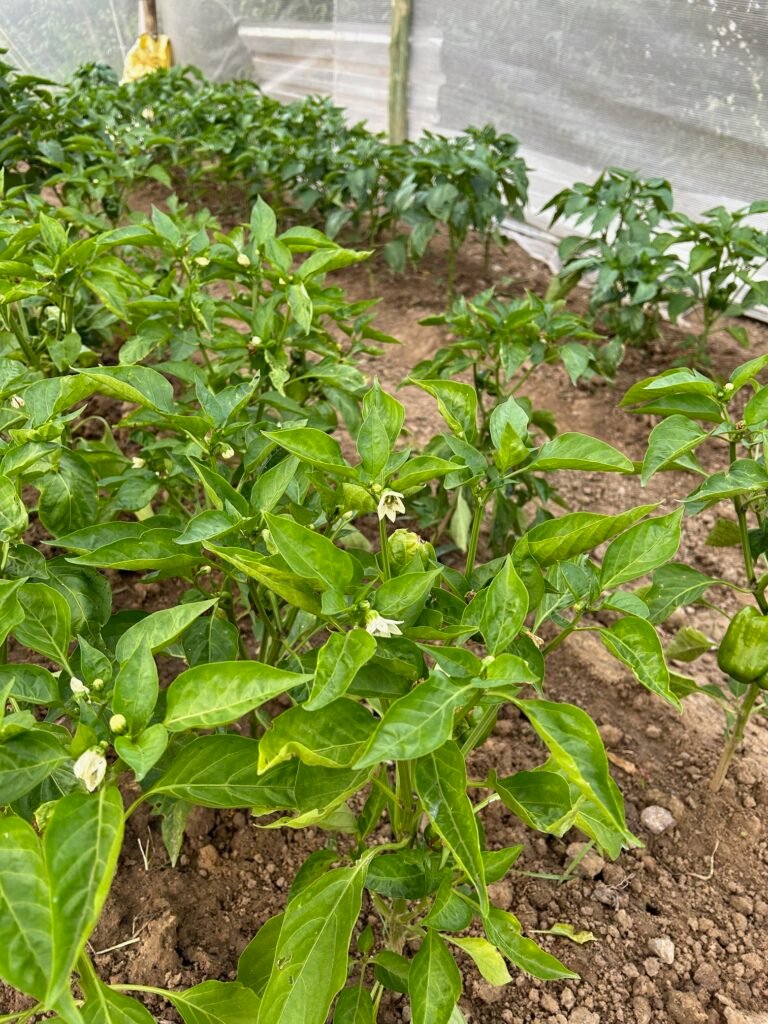
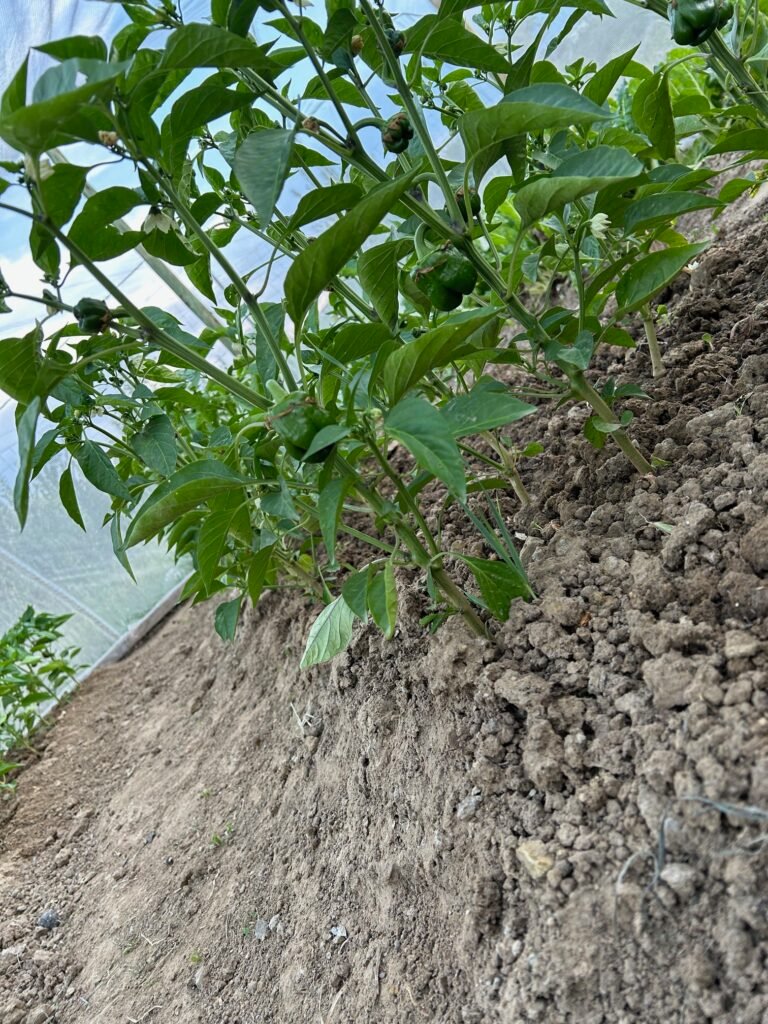
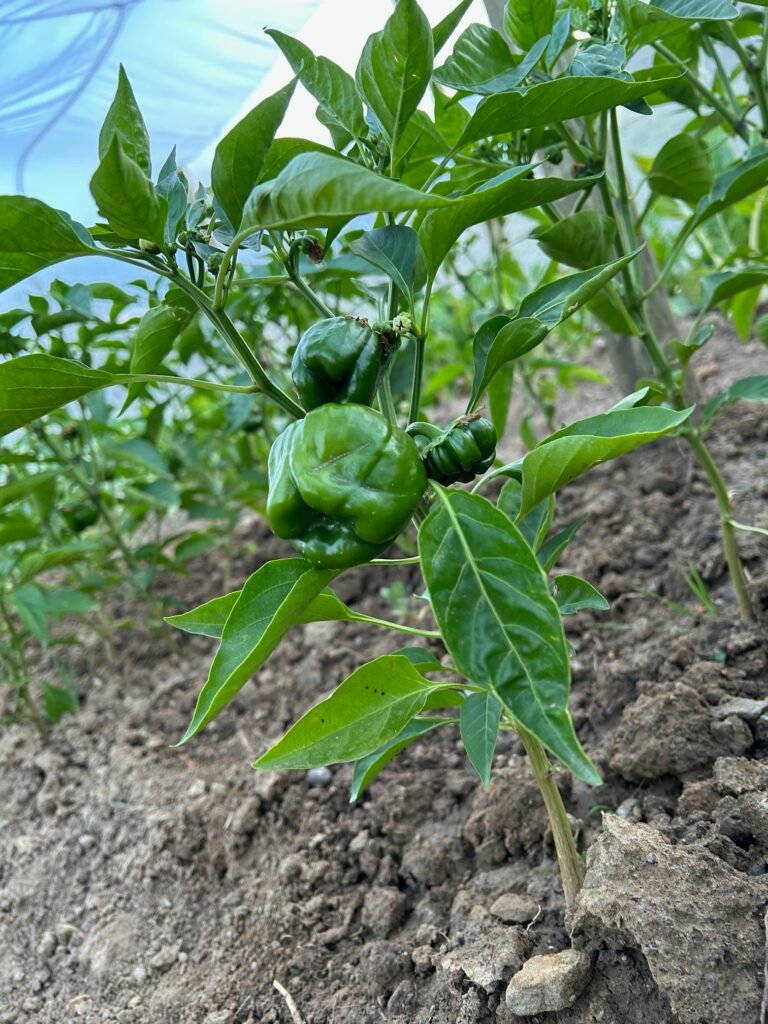
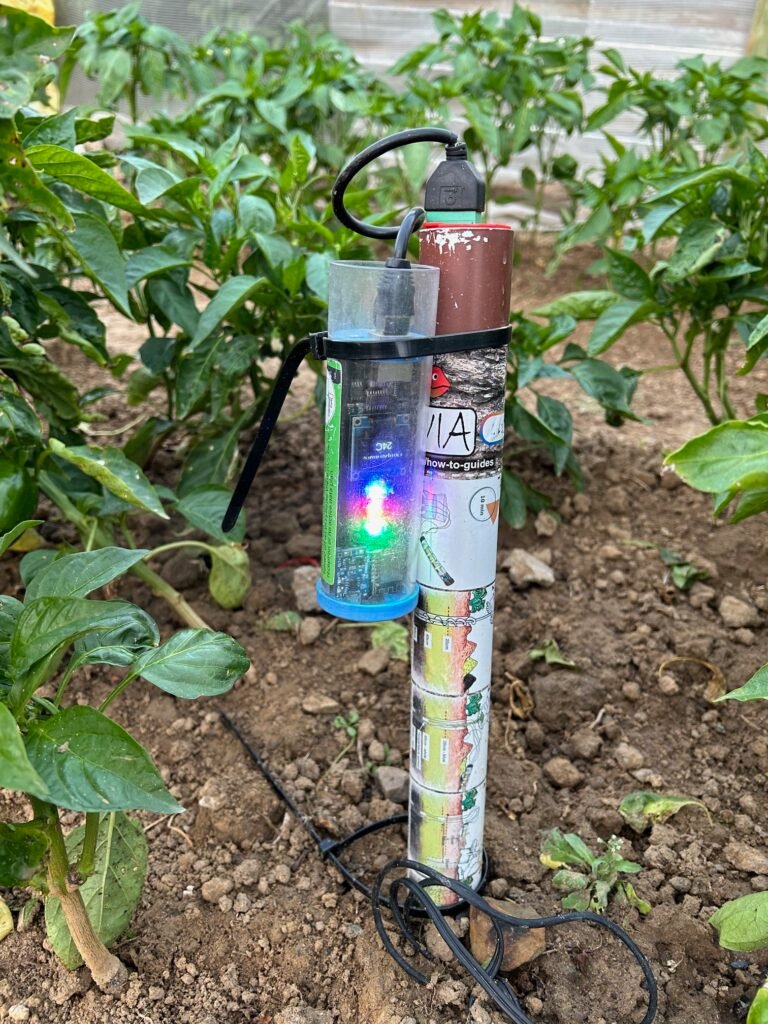
Background
Irrigation is estimated to use around 70% of the world’s freshwater, as population and the demand for food increase it is expected that the demand for water will also increase. The World Food Organization (2020) estimated that 3.2 billion people live in agricultural areas with high to very high water shortages or scarcity. It therefore becomes important for the world to become better stewards of water. In Lesotho, agriculture accounts just 6% of GDP but the sector is important to 80% of the population.
Lesotho has an estimated irrigation land potential of 12 500 hectors although only 67 hectors is under irrigation (World Bank, 2018).
In the past 5 years there has been an increase in support of small holder farmers to increase land under irrigation in an effort to improve production. In addition, the focus of the new Millennium Challenge Award to include horticulture means that more water will be needed yet but the key question to ask is whether we are using this water sustainably. For farmers using irrigation, some have to also rely on energy such diesel powered generators to move water from streams and dams to farmlands which eats into profits. For most farmers the decision of irrigation is made on the basis of common practice that crops must be irrigated each day, but questions such as whether irrigation is sufficient still not responded to.
Introduction Moisture and Nutrient Monitoring
The demand for technology to provide accurate water demands in order to optimize irrigation continues to be a need but most technologies are complex and expensive as well as difficult to use for small holder farmers.
Given this background, I wish to introduce the Virtual Irrigation Academy (VIA) system which sets to respond to issues around water efficiency for irrigation through improved monitoring. The VIA system was developed in 2016 by Dr. Richard Stirzaker, as a Commonwealth Scientific and Industrial Research Organisation (CSIRO) with funding from Australian Centre for International Agricultural Research (ACIAR) to undertake a specific research work in Africa. It aims to assist farmers to make better irrigation decisions as well as organizations track trends in water use.
The VIA platform collects data through mobile phones and displays the information as color patterns on its website where analysis can be made while also providing data on the spot for quick decision making.
Rational for VIA use
- To respond to increasing cost of production (irrigation and fertilizer costs).
- To use water resources efficiently
- To create tools and data systems that link different knowledge domains through co-learning (farmers, donors, water administrators)
- To empower smallholder farmers as it provides a transparent M&E metrics that will increase the return on investment for major projects investing in the sector.
VIA Tools
Listed below is the tools the technology uses:
Chameleon Card System
- The Chameleon Card System consists of three or six Chameleon sensors together with a credit card sized reader.
- The sensors are permanently buried, with the wires attached to a stake in the ground
- To measure the soil water status, the wires are placed into the slots in the card reader
- The LED on the card will turn blue (wet), green (moist) or red (dry) to show the soil water status at each location.
- Sensors can be placed to measure at one depth in different locations or at several depths in one location.
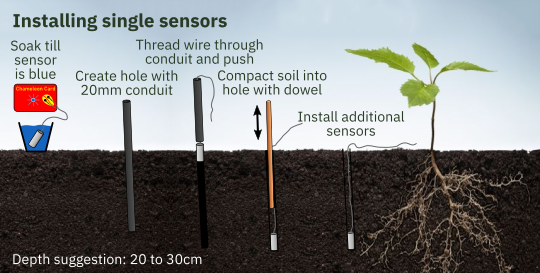
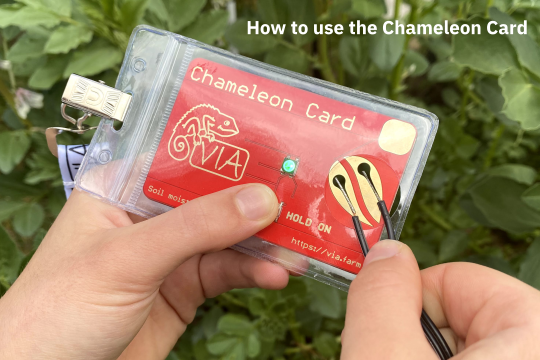
Chameleon Wi-Fi System
- The Chameleon Wi-Fi System reads, stores and sends data to the VIA website platform
- It is connected to a Chameleon sensor array
- The sensor array consists of three soil water sensors placed in the top, middle and bottom of the rootzone plus a temperature sensor, which gives the array a unique digital identifier.
- The Reader has three LEDs, one for each Chameleon sensor.
- The Wi-Fi Reader can be paired to a Wi-Fi access point for continuous data delivery, or to a mobile phone for upload when visiting the crop.
- A Wi-Fi Reader can also be used to manually take and store data from many sensor arrays
- Sensors are designed to operate at the following switch points:
- Blue 0-22 kPa (wet soil)
- Green 22 to 50 kPa (moist soil)
- Red > 50 kPa (dry soil)
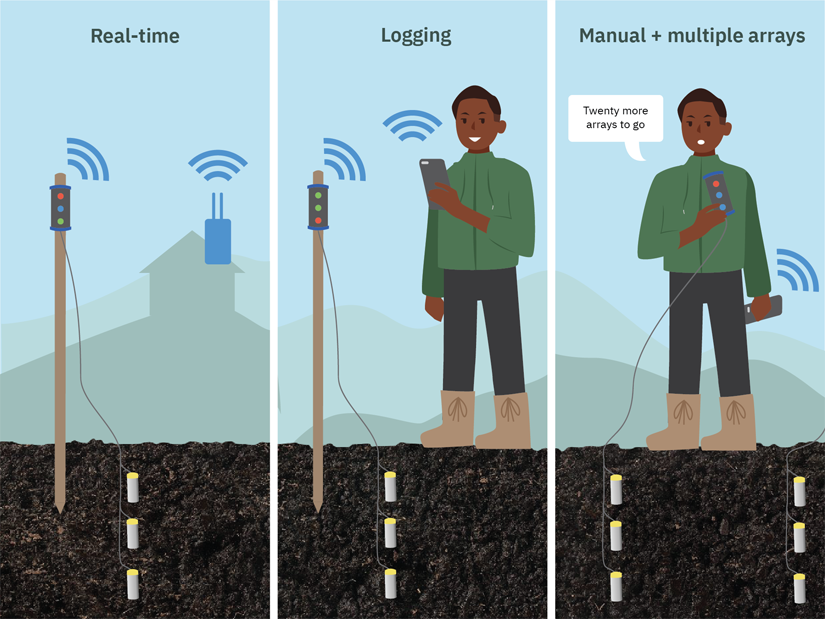
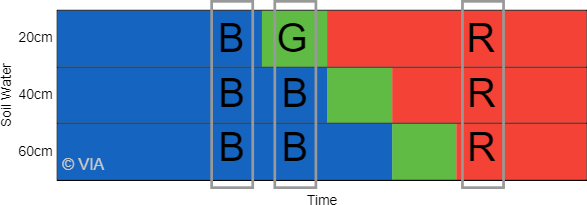
WFD Solute Monitoring System
- The Wetting Front Detector (WFD) records the depth of infiltration of irrigation water.
- The WFD is buried in the root zone
- When the infiltrating water goes past the WFD, it captures a water sample and pops up a magnetically latched indicator.
- The WFD stores this soil water sample for later analysis
- The water sample is removed using a syringe
- All dissolved salts are measured using a VIA Electrical Conductivity (EC) meter
- Nitrate, which is the most difficult nutrient to manage in irrigation, is measured with colour strips.
- The main use is for solute monitoring in conjunction with the VIA EC meter and nitrate test strips
- WFDs are used as irrigation management tools, particularly to identify over-irrigation and water logging
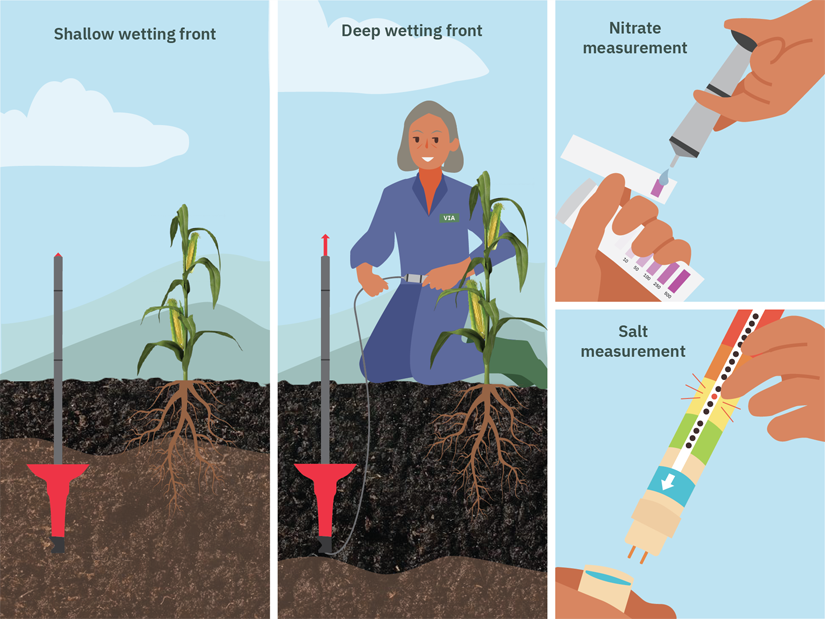
Current tests
In Lesotho, In 2022, a test was done on the use of the technology was done on one of the plots in Bethel Business Development Centre in Phamong Mohales Hoek and assisted the farmer to track moisture. The results are presented below:
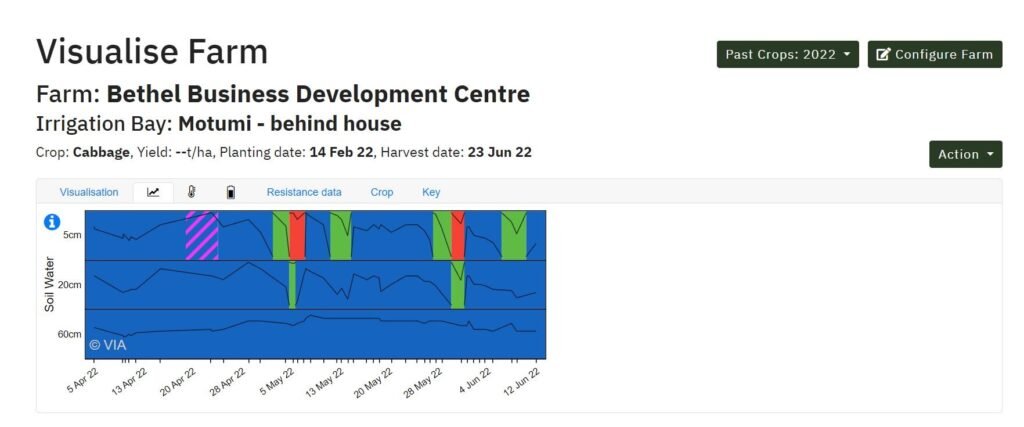
mWater
- Thirst (PTY) provides training on mWater. mWater is an open source platform that enables monitoring WASH infrastructure, surveys and maps. We enable your organization as well as stakeholders to continually track progress in WASH interventions.
